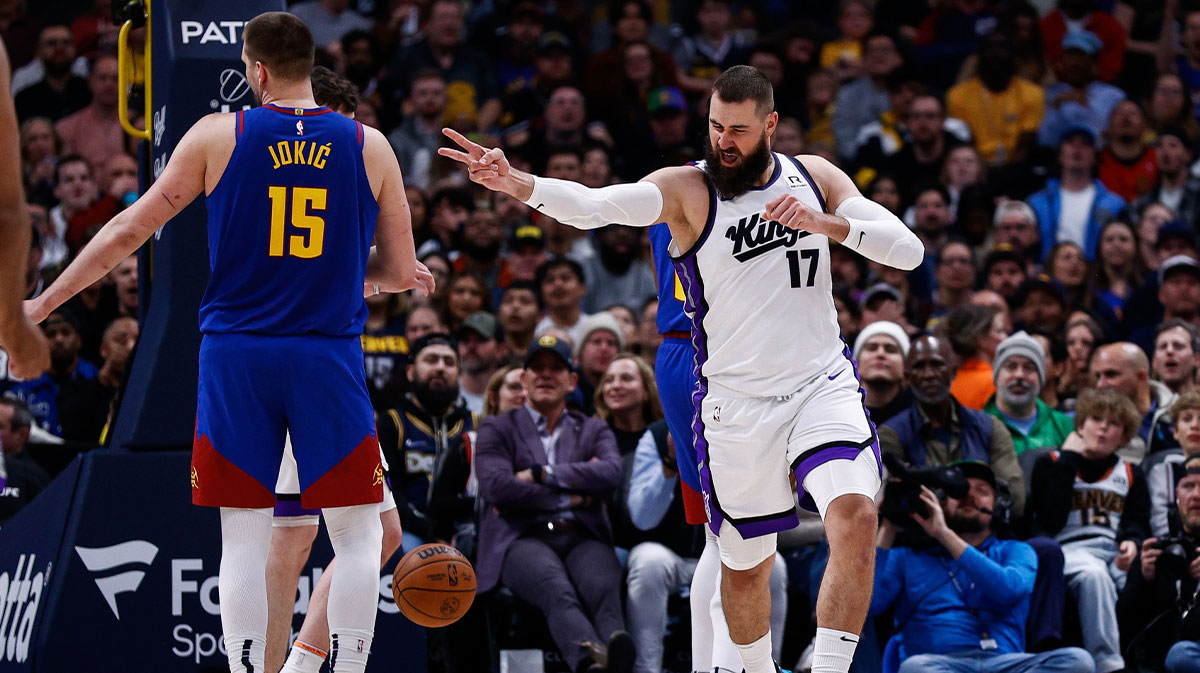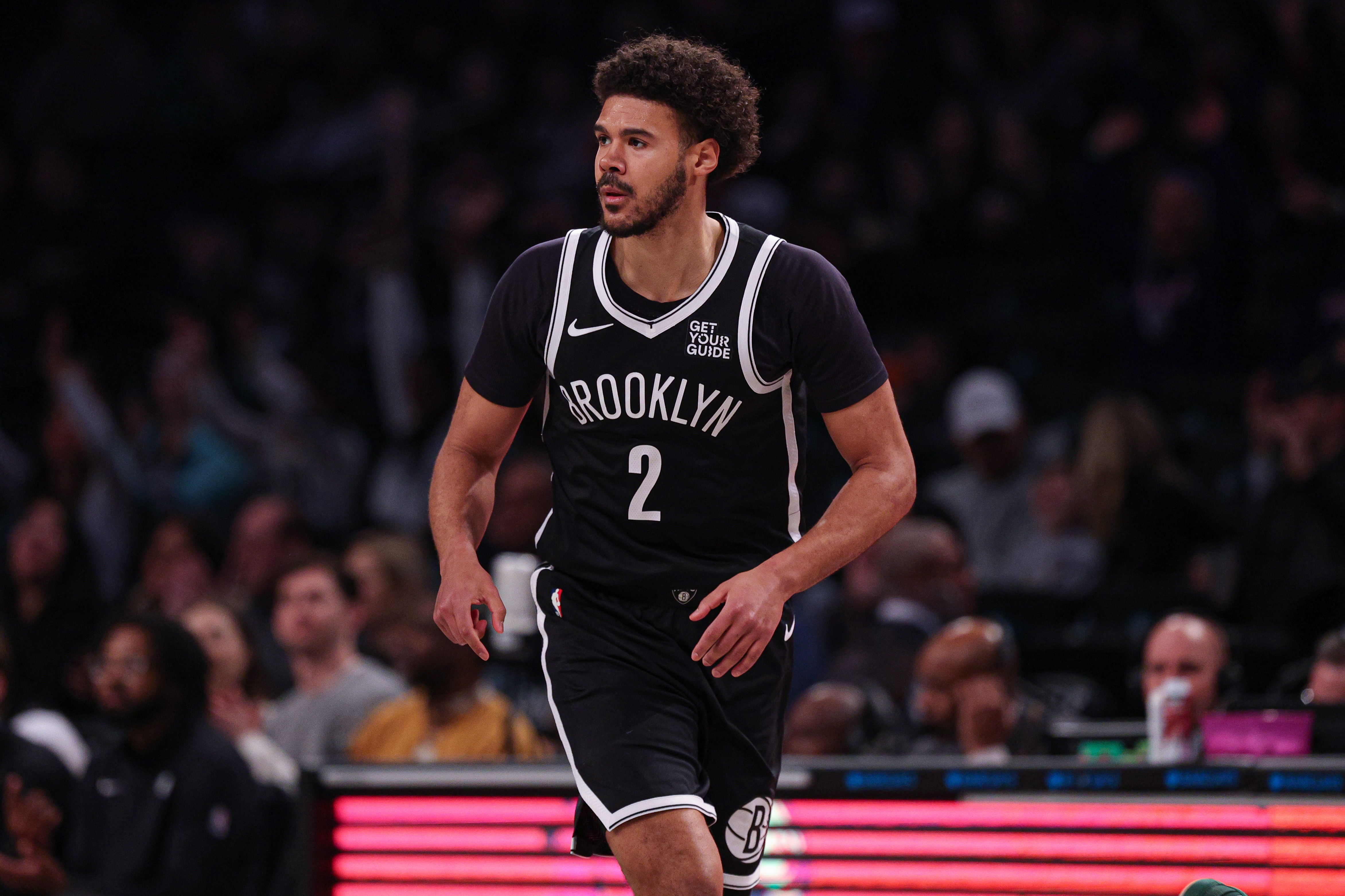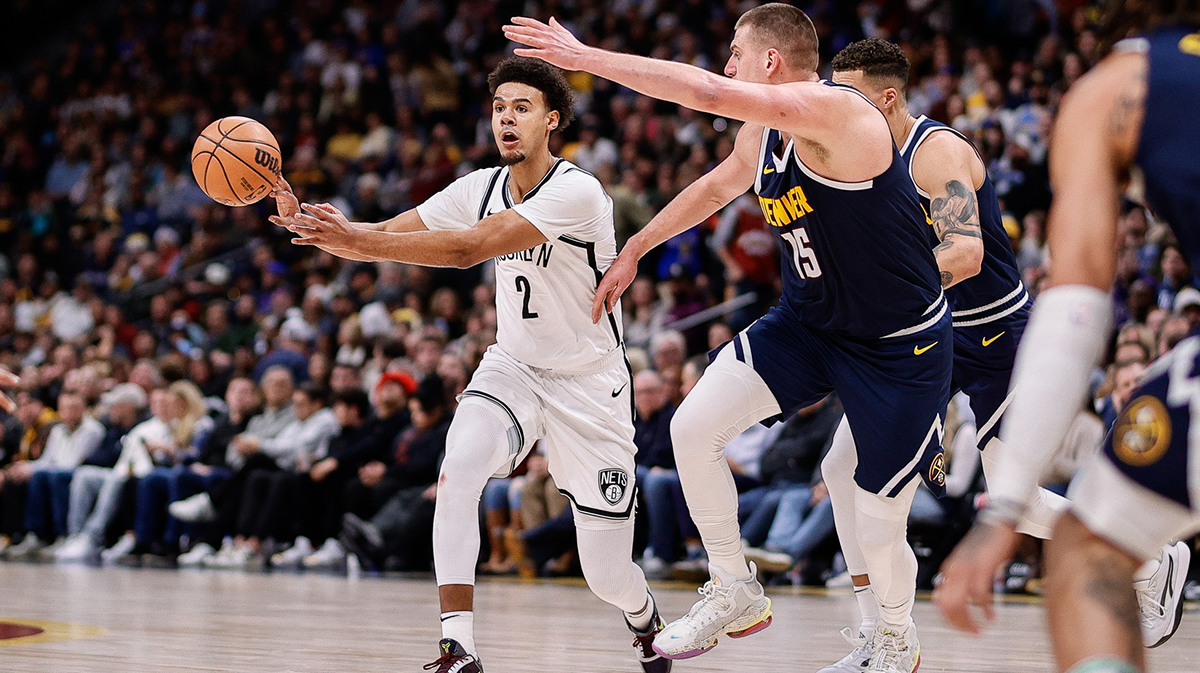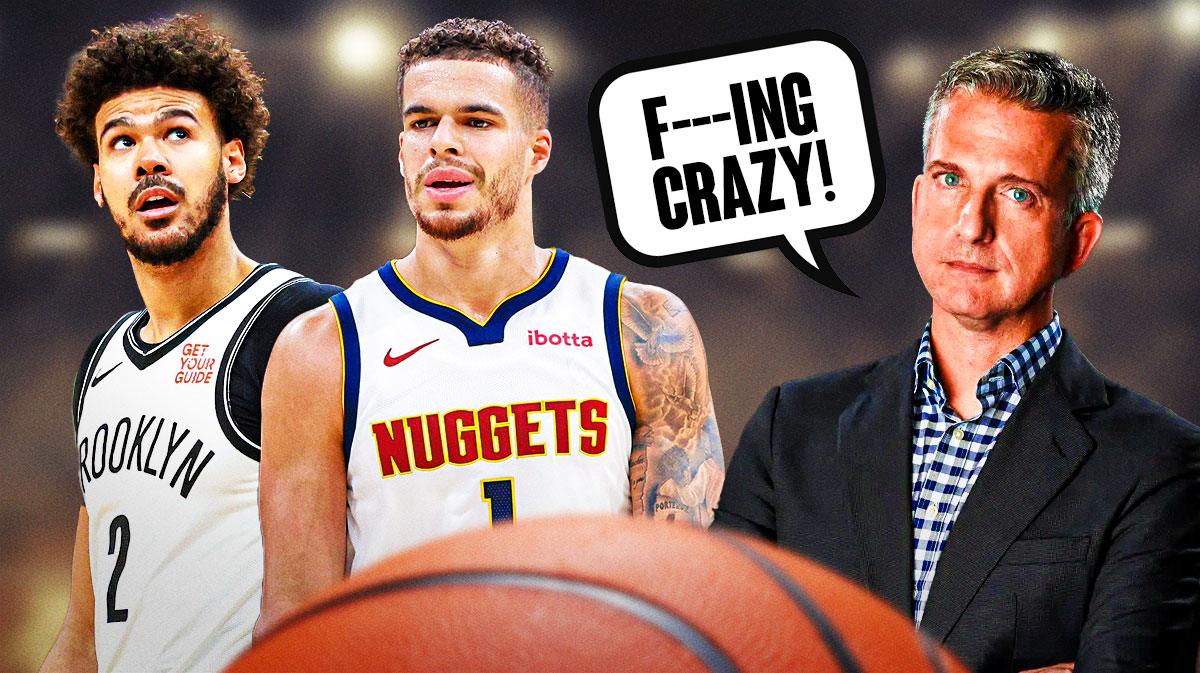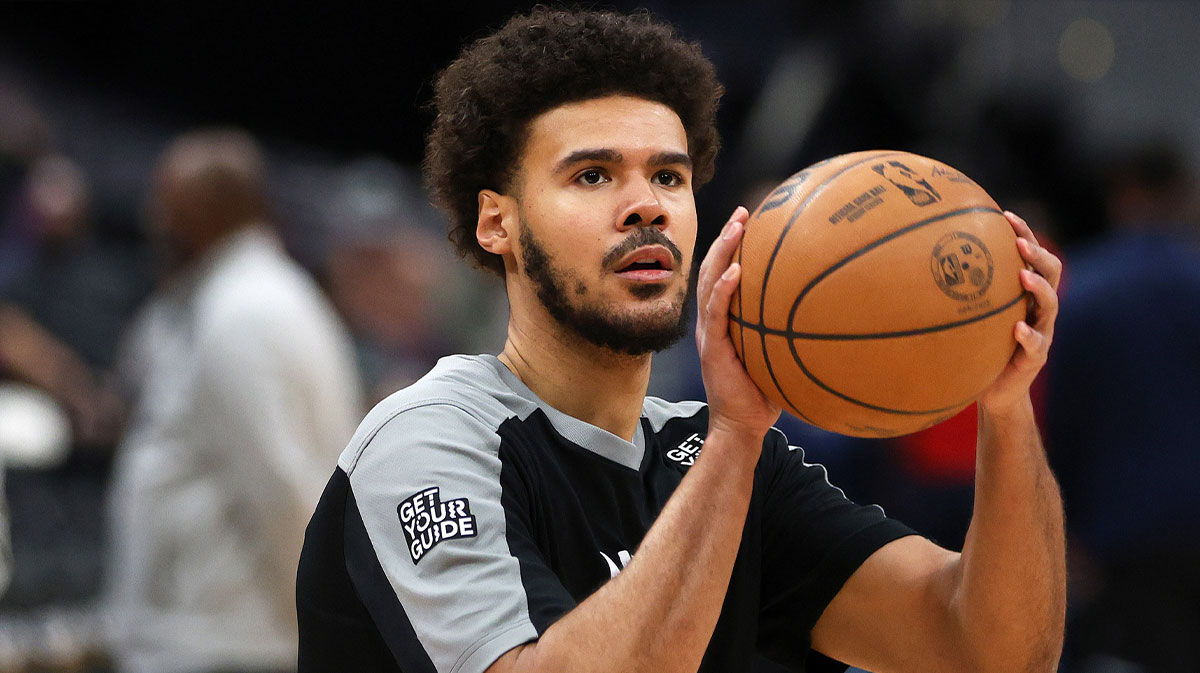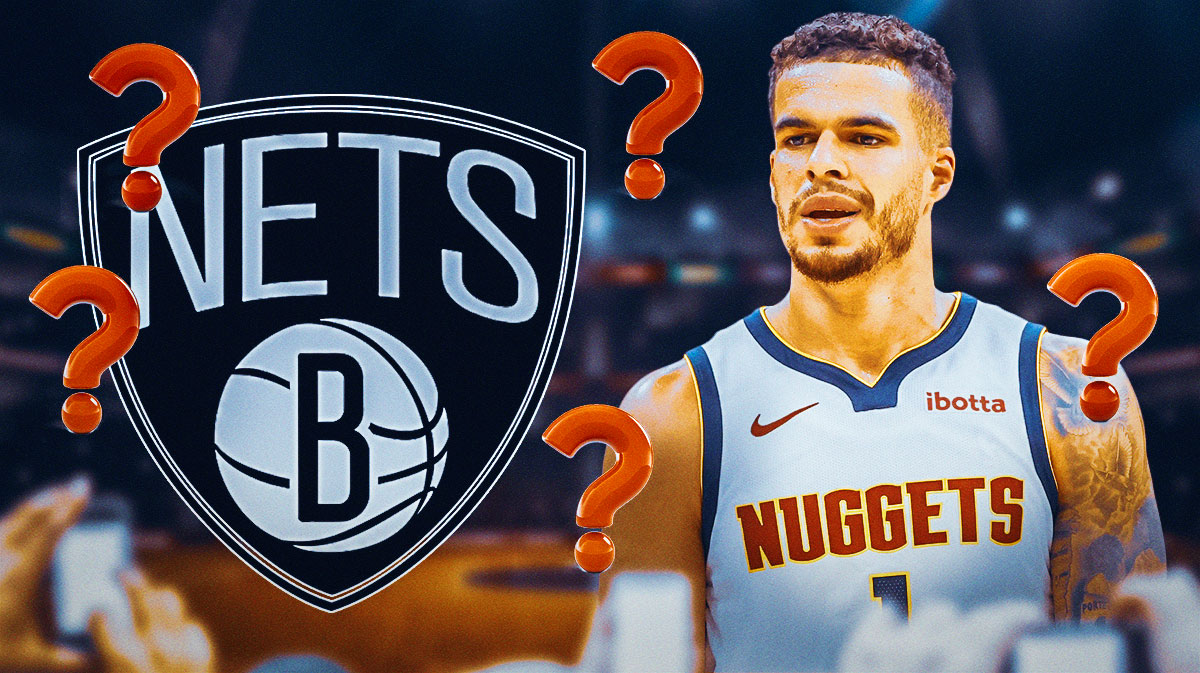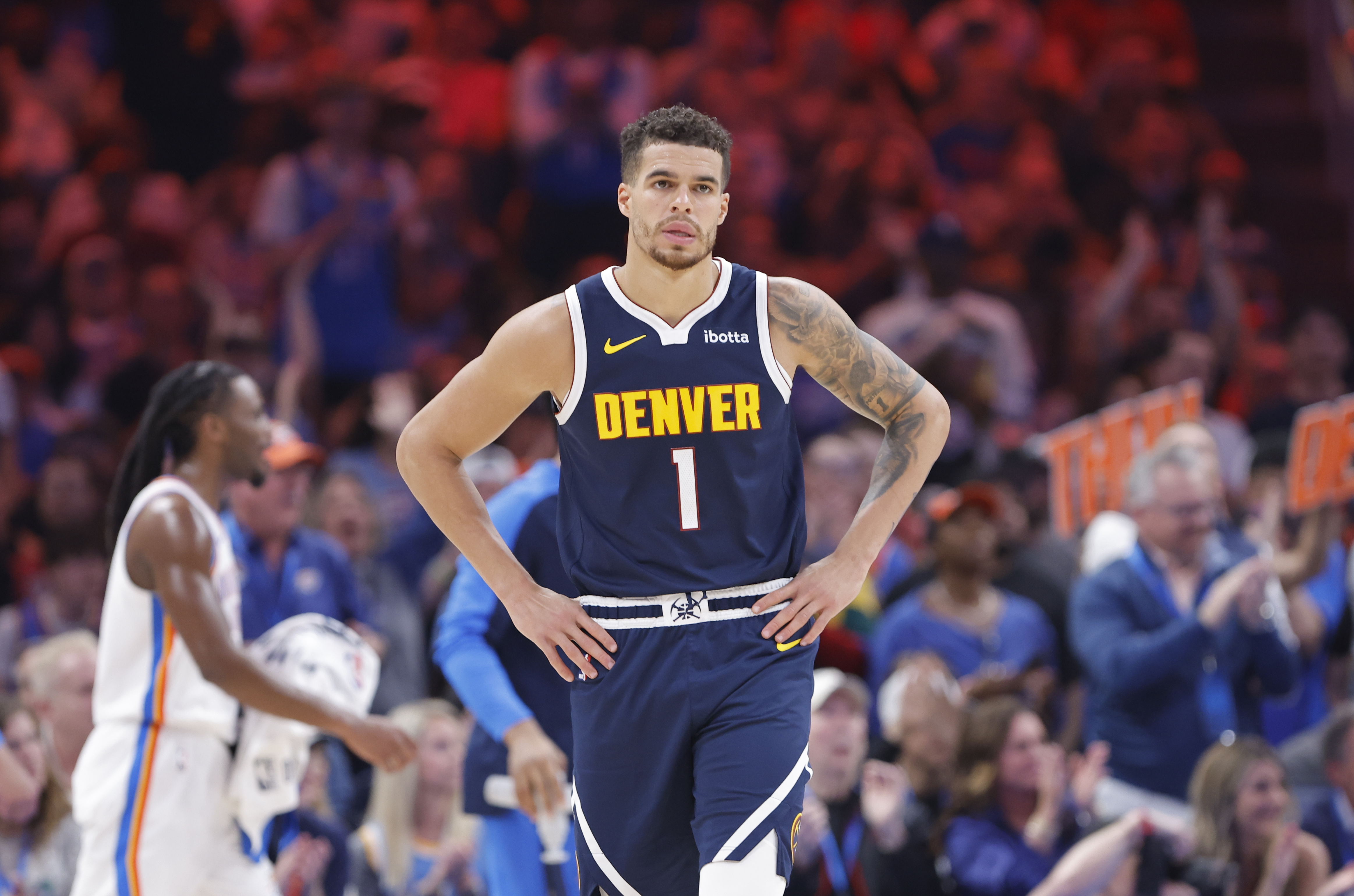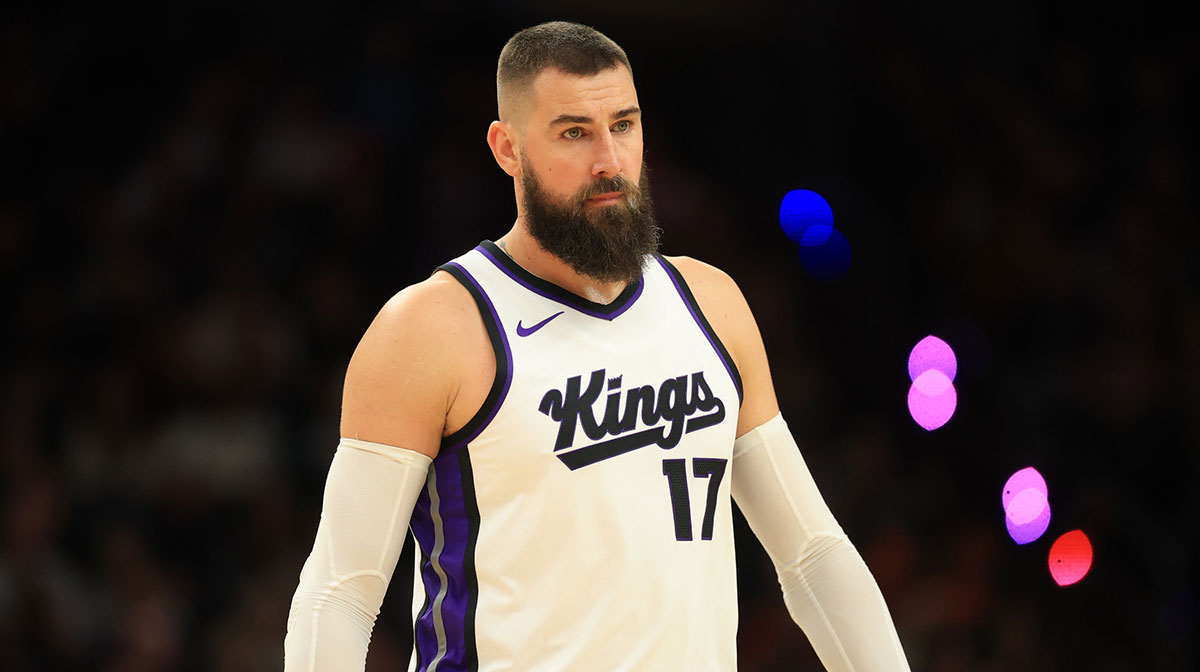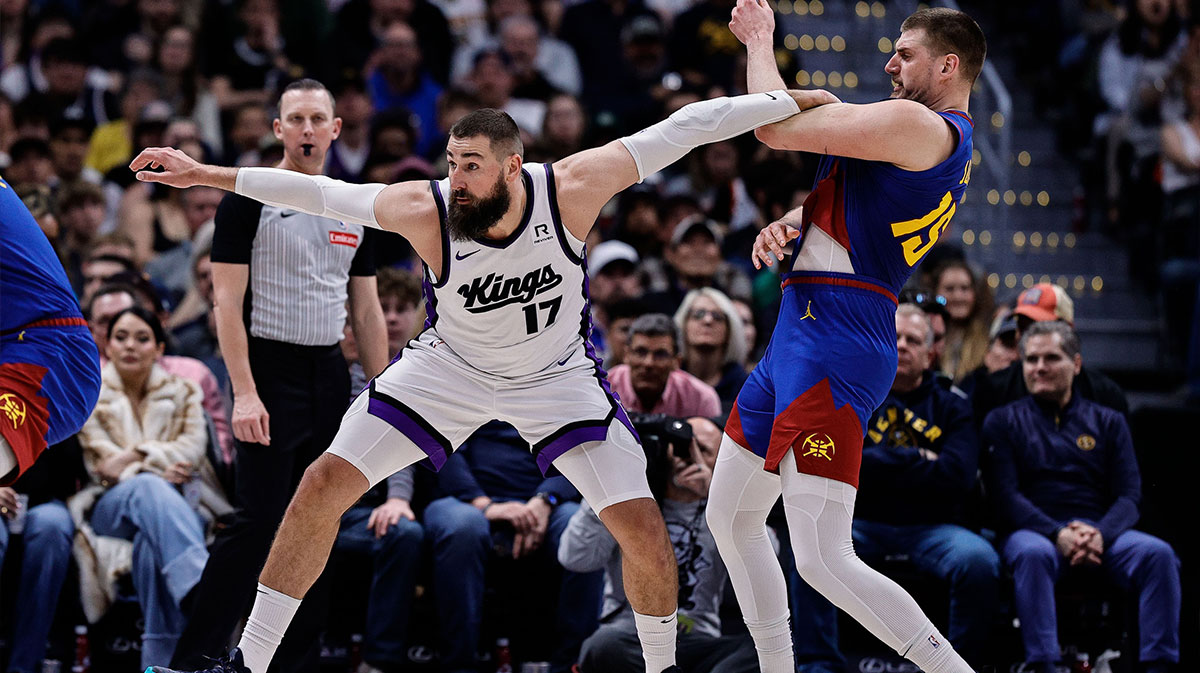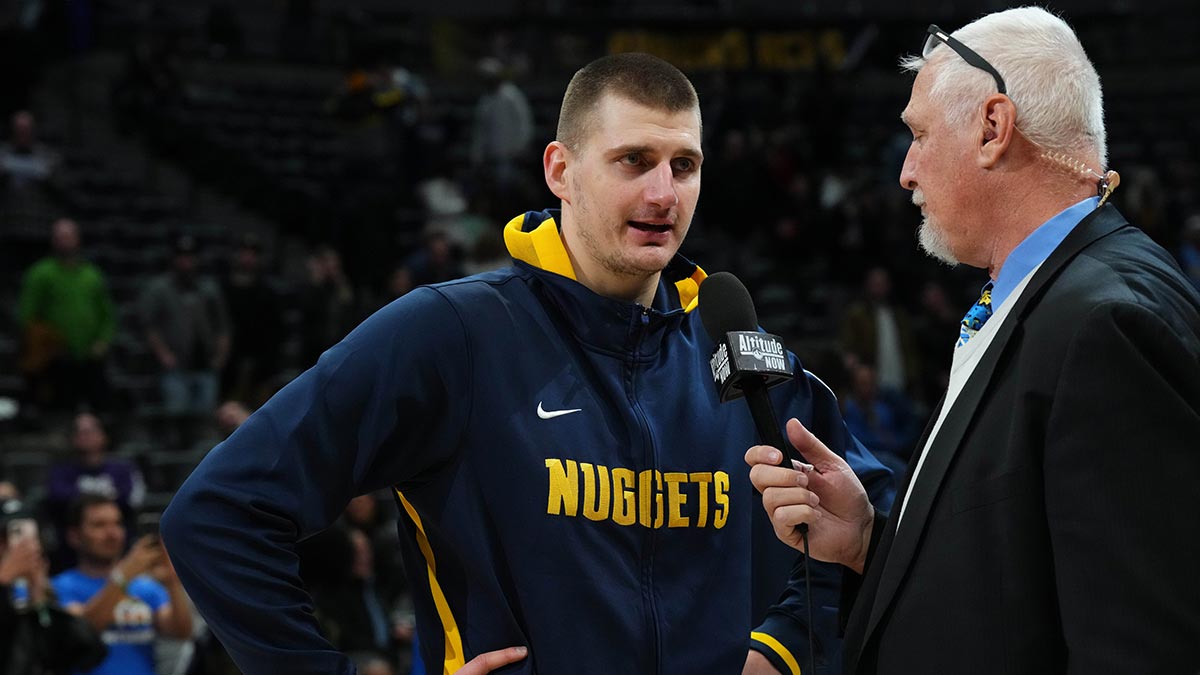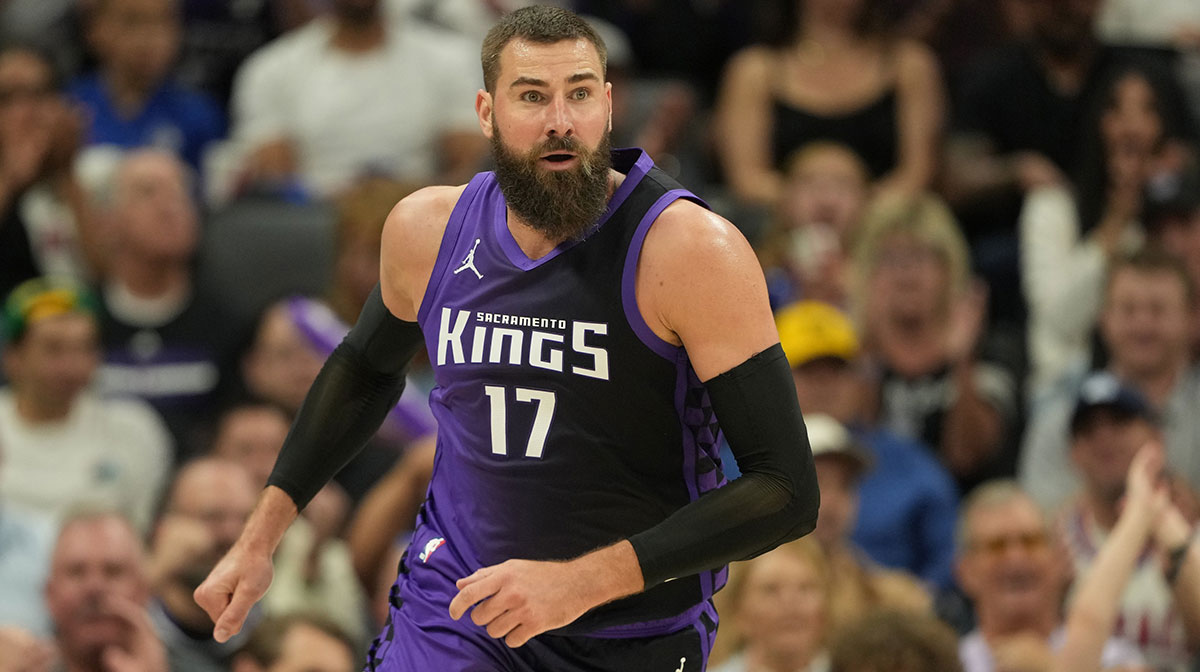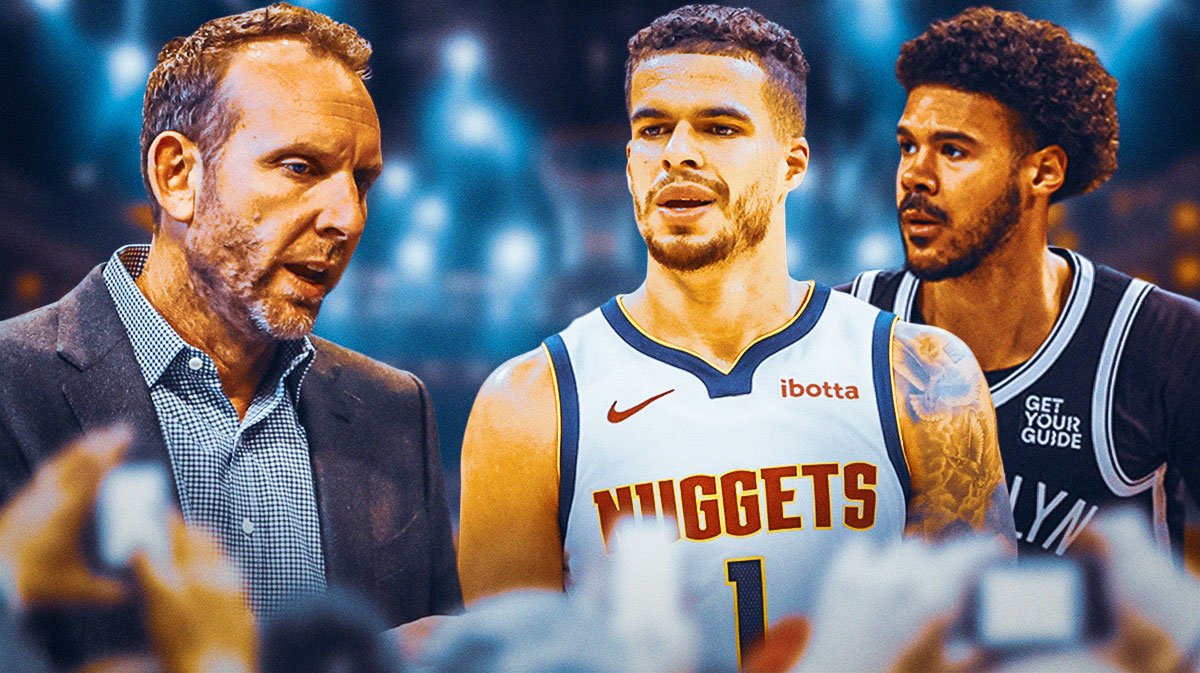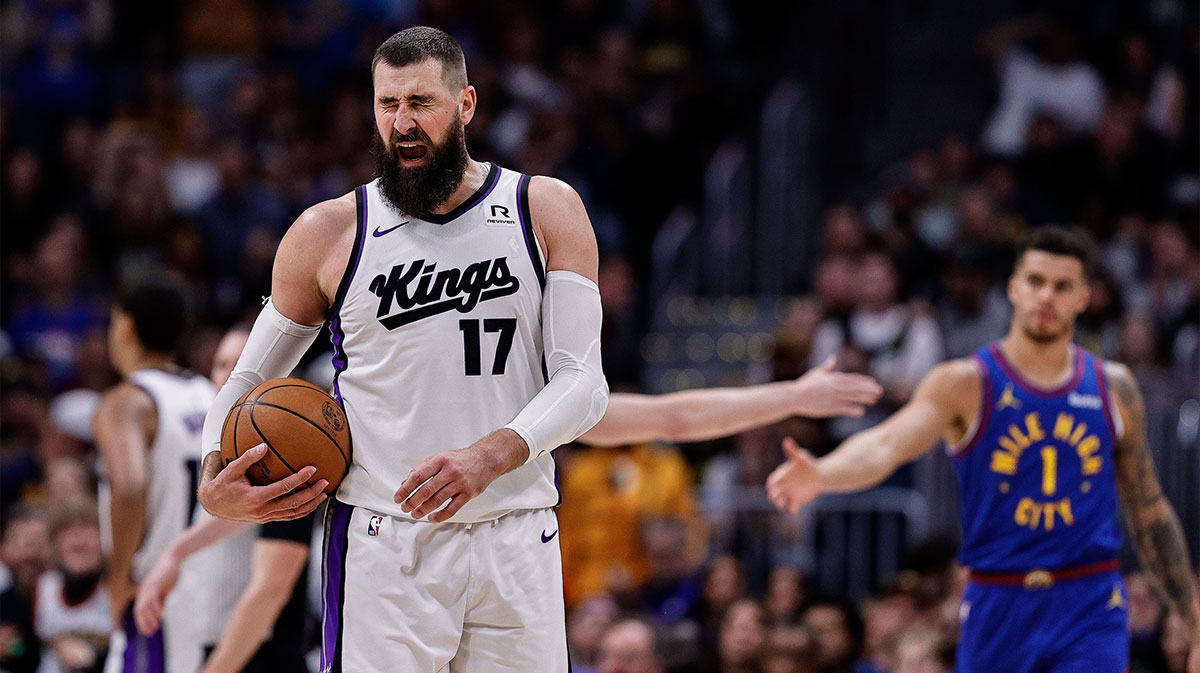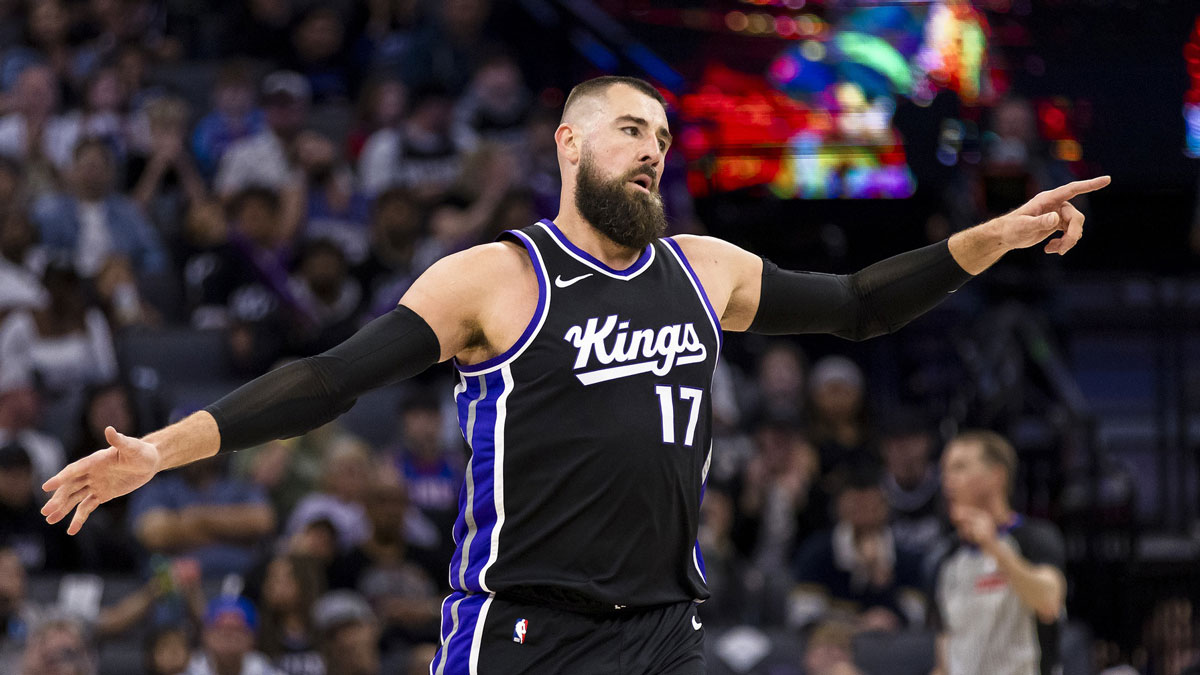When the eight playoff teams became locked in the West, the goal for many of the bottom seeds was to maneuver their way into a series with the Denver Nuggets. Every team in the mix — the Spurs, Thunder, and Clippers — certainly would have rather faced a team that hadn't been tested in a playoff atmosphere. And while the “experience” factor is often overemphasized when discussing NBA players entering the postseason, it had some merit in the particular case of the Nuggets.
It's rare to see a team miss the playoffs and then directly turn into a No. 2 seed the very next year. Plugging into the equation Denver's league-average road success this year and a leader that other players consider a faux superstar, you get the general makeup of a first-round flop.
The Game 1 opener versus San Antonio, the worst possible head-to-head matchup for the young Nuggets, appeared to be the beginning of a sour defeat. After losing homecourt and shooting poorly, those that expected an early failure were preparing their victory laps.
That moment might still come later this week, but Nikola Jokic has fought to extend Denver's journey with fruitful performances in this series. He has a unique virtuosity at the center position that makes his standout games feel like typical, run-of-the-mill nights. But without Jokic's 20.5 points, 11.8 rebounds, and 9.3 assists per game, his team would likely be having exit interviews today. The shooting is nothing otherworldly — 52.3 percent from inside the arc and 37.5 percent from deep — but he's played far more efficiently than most expected against the Spurs' frontcourt mix of LaMarcus Aldridge and Jakob Poeltl.
San Antonio has started both Aldridge and Poeltl in all four games, with the idea being that Jokic could at least be slowed down and neutralized with how superb and disciplined their interior defense is in most matchups. It just hasn't been the case. Jokic is giving the Spurs a balanced diet of offensive creation. Whether it's surveying the floor at the top of the key, being patient while working on the elbows, or going the traditional route with aggressive drives that turn into bruising finishes, he's showing a little bit of everything.
It's widely known that most of Denver's actions are generated out of their famous handoff formations. Jokic paired with Gary Harris or Jamal Murray near the perimeter serves as their main identity. Every little twist or intricate spin-off from there is what makes them tough to plan for. Sometimes, this offensive action doesn't create anything special except for clearing out space on the block for their big man. In Game 4, Denver made an effort to get The Joker more looks out of these sets.
Here, they start out in HORNS with Jokic and Millsap on both elbows with Murray up top. Once the first pass is made to Jokic, it's Harris coming from the strong-side corner to initiate the dribble-handoff sequence. From there, Denver has two scenarios. If Harris has any daylight coming around the screen, he can pull up from 15 feet. If the screen isn't good enough or the Spurs' big man closes out to him, Jokic has the ball in a good position:
Notice that when Jokic has to begin his post up, Harris spaces out to give him as much room as possible. Bryn Forbes is unable to collapse for help, leaving Jokic to do his magic against Poeltl. We saw the flair and footwork give him an opening on this possession.
He doesn't necessarily have to start the play with a handoff, either. Considering Jokic is sharp enough with his handle on the move, he's comfortable taking it directly to Poeltl on a 20-foot drive. Using his spin to get to the restricted area and subtle shoulder into the chest for space, he masterfully finishes over Poeltl:
A huge misconception about Jokic seems to deal with his physicality. Opposing centers such as DeMarcus Cousins (and even most fans) believe that because he's a pass-first and flashy type of guy, he isn't capable of asserting himself near the basket. While “soft” is probably too strong and inaccurate when it comes to how outsiders view him, it borders the same sentiment.
I mean, would this young lad project to mirror a superstar force in the paint?
Looks like someone will be getting a new passport today! pic.twitter.com/cy8UQm61sH
— Yugobasket (@yugobasket) April 22, 2019
It doesn't really matter what the league-wide perception of him is, however, when he's quickly transformed into an all-around mammoth that can get anywhere he chooses.
On this play in Game 4, the ball is inbounded to Jokic on the perimeter and the Spurs are cautious of his passing lanes. Instead of hitting Will Barton on a backdoor cut, he decides to take Aldridge off the dribble. He's not nearly fast enough to get by, but he just bullies a stout post defender and buries him underneath the rim for a three-point play:
Through four games of this series, Jokic has finished 21 of his possessions with a post-up. In those 21 situations, he's 4-of-8 from the field, has passed out of nine of them, only turned it over twice, and has drawn two non-shooting fouls. It's not a lot of volume of him on the block — that's not how Denver likes to play most of the time — but it has led to effective offense.
Compared to Aldridge, who is scoring just 0.66 points per post-up possession and has shot 5-of-22 on those, Jokic is getting the best of the matchup.
In the Game 2 win to even the series at 1-1, Denver actually found a way to get offensive production in the halfcourt. Nuggets' coach Michael Malone likes to be innovative late in games, and this fourth-quarter execution of role reversal was no different. Jokic begins the play on the weak-side elbow, while it seems like Murray and Harris are starting some action on the opposite wing. Harris then comes back to the middle of the floor to set this cross screen for Jokic:
How often do you see a team get their center an open mid-range jumper by using their guards to set these or pin-downs? It confuses Aldridge and Forbes for a moment.
Denver's offense has scored 115.1 points per 100 possessions in this series (fourth overall), despite shooting 15-of-50 (30 percent) on three-pointers with at least four feet of open space through Games 1 and 2. It a horrendous start all the way up to Murray exploding in the fourth quarter of Game 2.
In Games 3 and 4, the Nuggets shot 25-of-52 (48.1 percent) on triples with at least four feet of space. All of a sudden, they look closer to an elite offense that is capable of winning this series against the most prepared coach and smart defensive schemes.
While the uptick in minutes for Torrey Craig and Murray's improved play should get a lot of the credit, it often starts and ends with Jokic's playmaking. For the series, Jokic is up to 37 assists on 54 “potential” ones, which means his teammates have converted on 68.5 percent of the attempts that lead directly to an assist opportunity.
Now, dig deeper into the context of Jokic's facilitating. Those 37 assists are great, but combined with only seven turnovers and it feels absurd. His 5.3 assist-to-turnover ratio is what has kept Denver alive, as they stick close with San Antonio in the possession battle by valuing each trip up the floor. Jokic is the core of the Nuggets' offense. He has made 360 total passes (90 per game, which is 18 more than the next-highest player). For him to have the ball in his hands that much, then pass it off 90 times per game, having fewer than 10 turnovers doesn't feel possible.
But it is. Jokic makes it possible.
The overlooked component of Jokic in the post is how much attention he garners. Nobody on the Spurs has proven to be a strong presence inside that can play Jokic straight up without fouling or keeping him out of the restricted area. So, they have to defend him by committee. That includes “digging down,” which is using guards from the perimeter to briefly collapse in the paint to apply pressure to the ball handler.
San Antonio has their guards “dig” at Jokic to force him to get rid of the ball. That's exactly what he wants to do, though. He has made these reads about as well as anyone could ask, finding Harris and Murray for shots or drives:
The chemistry between Jokic and Murray is on full national display. The Joker has found his guard on 151 passes in the series, an average of 38 times per game. In the regular season, Murray received 2,194 total passes from his big man — with no other Denver guard receiving more than 800.
They have worked well together in these dribble-handoff possessions and pick-and-rolls (with either Murray pulling up or using a burst of speed to get his floater going). Perhaps the main reason these DHOs are so effective is because of how powerful of a screener Jokic can be. He wipes out defenders, mostly in a legal way, or gives Murray more than enough room to operate:
When he has worked with Harris, it's still mostly handoff action. But there are more direct cuts to the basket mixed in with Harris than Murray. It's been a staple in Denver for the last three years, but we've seen two of the best feeds bounce-pass feeds from Jokic in this series. I legitimately have no idea how the ball perfectly lands in Harris's left hand on this first pass, or how Poeltl doesn't intercept the second one:
While it was definitely Murray's late outburst in Game 2 that saved Denver from a nightmare, it's the efficient offensive play of Jokic throughout each quarter that keeps the heart beating. In his first playoff test at age 24, he is nearly acing every section. The difficulty couldn't have been harder in the first round, as Denver would likely be more confident against Portland, Oklahoma City, or L.A. — all for different reasons.
Behind Jokic, they have fought to tie the series at 2-2 and need him to continue this balanced style of play to protect homecourt.
*All stats via NBA.com*

